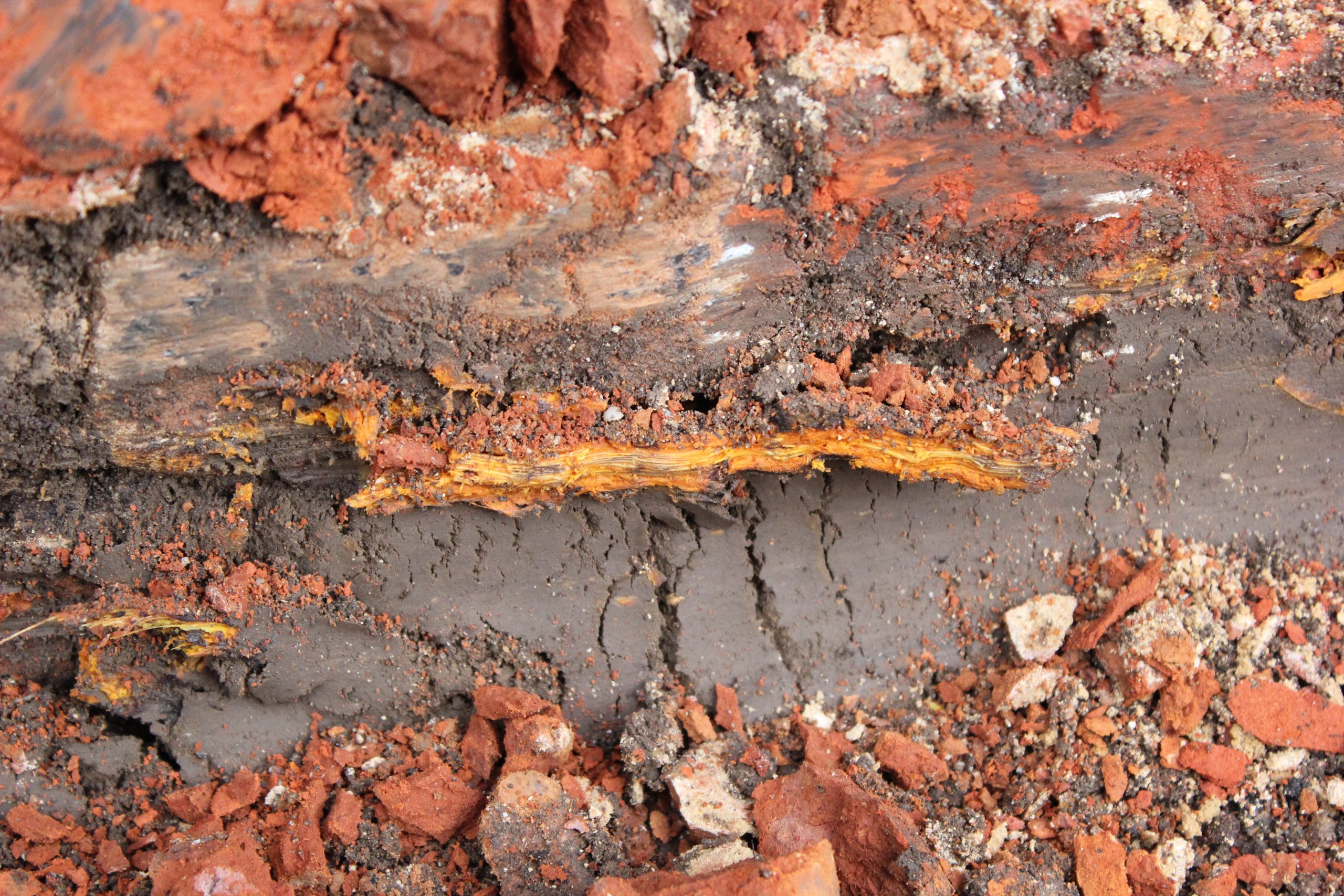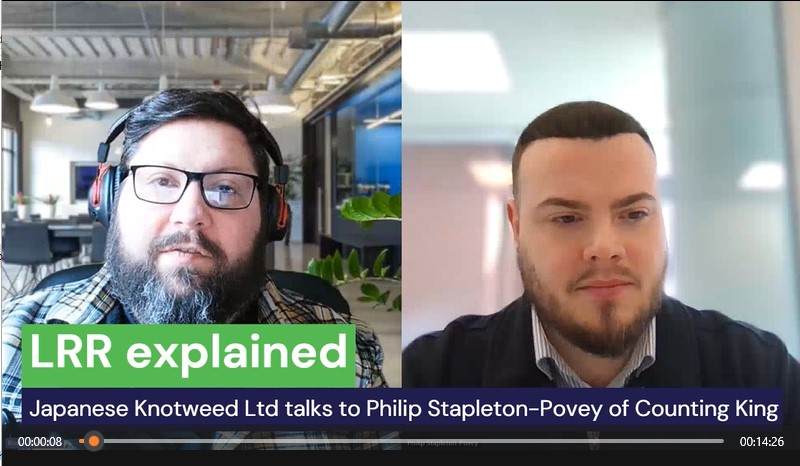ASK THE EXPERT: LAND REMEDIATION RELIEF (LRR)
We caught up with Philip Stapleton-Povey, Incentives & Funding Manager of Counting King to talk about Land Remediation Relief (LRR) and how it can have a significant impact on developers’ decision making when choosing land to purchase. LRR is a valuable tax relief for UK landowners, and important for the construction and developer sectors to know about.
Listen as Philip explains what LRR is, who can claim and the criteria involved. And access the full transcript here.
OVERVIEW:
The applicant for an LRR claim needs to be the landowner and a UK taxpayer. In terms of Remediation types the following can be considered applicable on a project:
- Japanese Knotweed
- Industrial Contaminants
- Natural Contaminants
- Asbestos
- Derelict Structures
- Buried Structures
- Ground Gases
Associated costs for LRR can include the following:
- Removal of Contaminants
- Protective Measures
- Landfill Tax
- Professional Fees
- Monitoring Costs
- Planning and Legal Costs
- Infrastructure Costs
- Demolition Costs
- Sealing off Contaminated Land
EXAMPLES:
To give an idea of relief based on a £25,000 Knotweed treatment plan, the owner of a site would expect to receive £9,375 tax relief against any corporation tax liabilities, if they are in the highest bracket of corporation tax.
As another example (of a live claim) this client working on a new site spent £800,000 on qualifying costs, and as they are in the highest CT bracket, they will be receiving £300,000 in tax relief under the LRR incentive.



